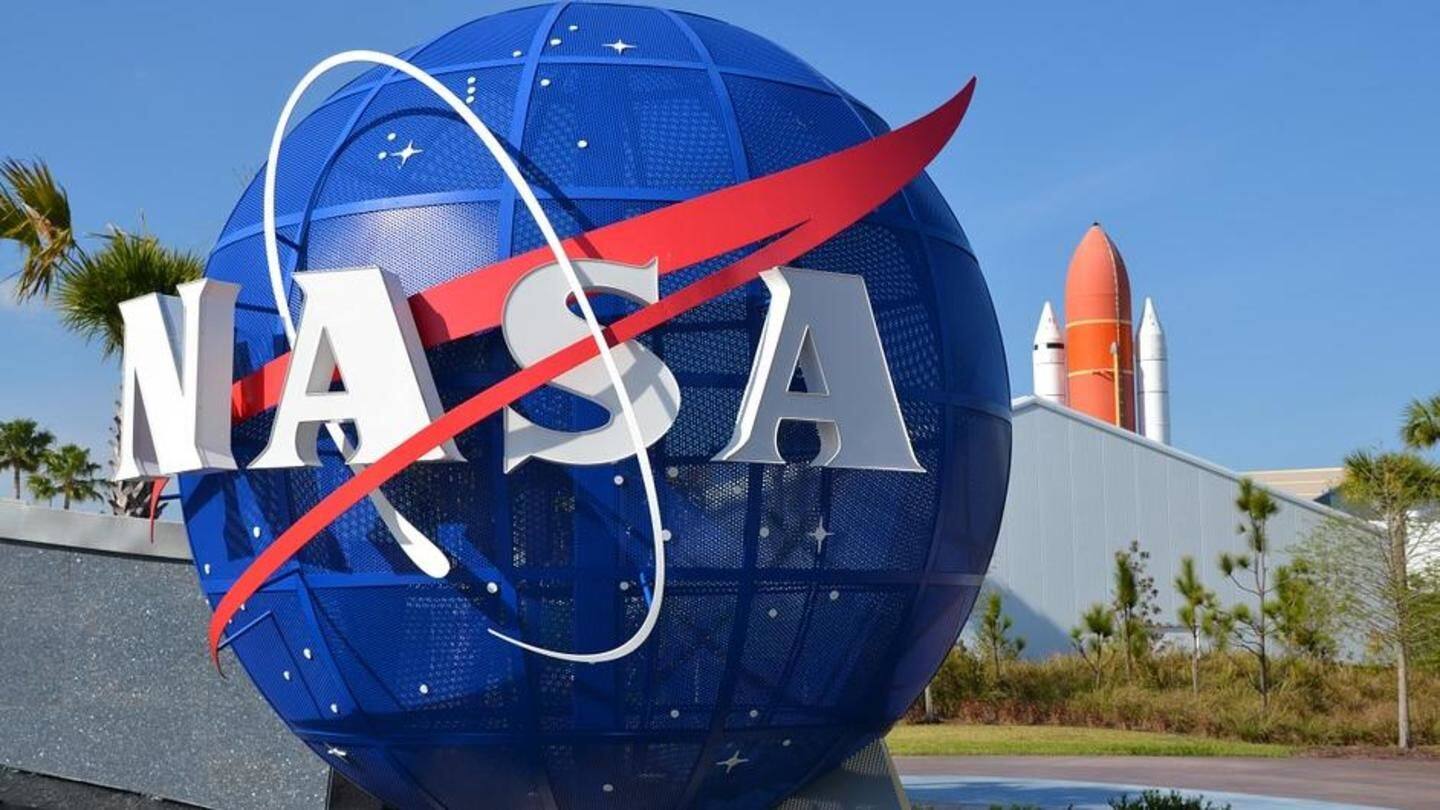
NASA's InSight lander starts its six-month journey to Mars
What's the story
NASA has successfully launched its InSight Mars lander, designed to study "Marsquakes", from the Vandenberg Air Force Base in California. InSight blasted off from the base atop an Atlas V rocket just minutes back and, if all goes well, is expected to touch down on the Red Planet on November 26, to begin its mission. Here's all about it.
Twitter Post
Watch InSight taking off towards the stars
LIFTOFF! Humanity’s next mission to Mars has left the pad! @NASAInSight heads into space for a ~6 month journey to Mars where it will take the planet’s vital signs and help us understand how rocky planets formed. Watch: https://t.co/SA1B0Dglms pic.twitter.com/wBqFc47L5p
— NASA (@NASA) May 5, 2018
Mission
What InSight is built to do
InSight, which stands for Interior Exploration using Seismic Investigations, Geodesy and Heat Transport, is a $993mn project aimed at understanding physical conditions on Mars. Information collected by the probe will also assist efforts to send humans to Mars, and reveal how rocky planets like the Earth formed billions of years ago. The lander has a lifespan of 26 Earth months, or one Mars year.
Scientific instruments
The key instruments aboard InSight
The key instrument onboard is a seismometer made by the French Space Agency. Once the lander is in place, a robotic arm will place the seismometer directly on the Martian surface for tests. Another crucial instrument is a self-hammering probe which will monitor heat flow at Mars' subsurface. It will bore down 10-16 feet below the surface, 15 times more than any previous mission.
Manned missions
InSight is an important step towards manned Mars missions
In its 26 months on Mars, the InSight lander is expected to pick up as many as 100 "Marsquakes." Additionally, its understanding of heat flow on Mars will contribute substantially towards manned missions in the 2030s. Understanding temperature fluctuations will help scientists build appropriate habitats for humans to survive on Mars. InSight will be the first NASA spacecraft to land on Mars since Curiosity.